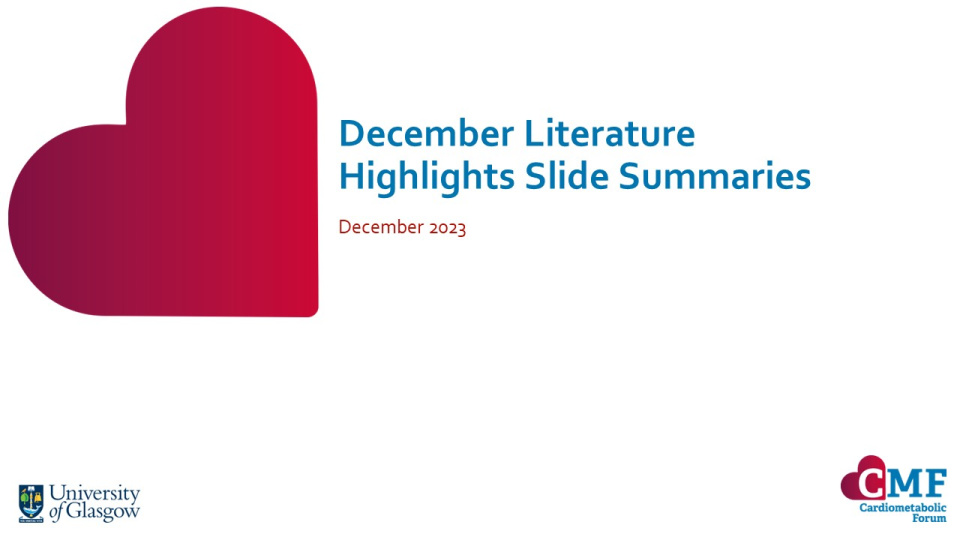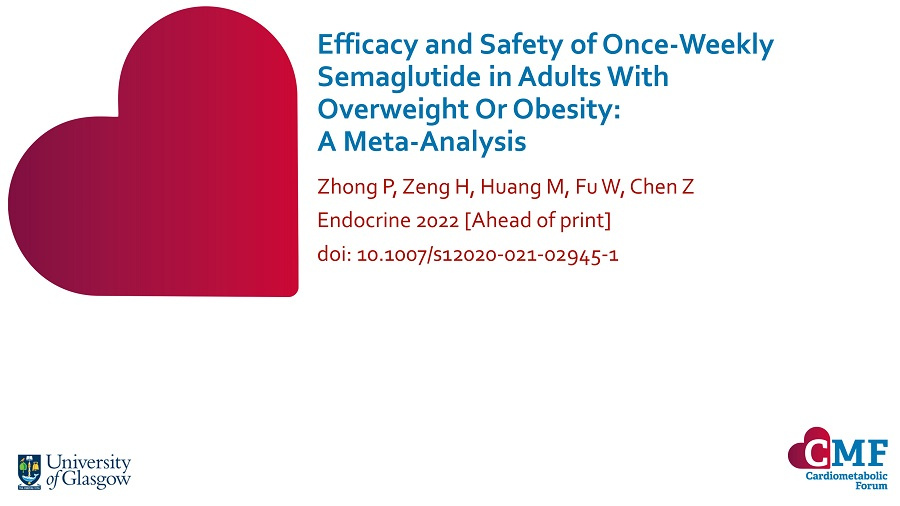Publications
Stay up to date with our literature reviews which are curated by experts to feature the most important publications released each month. Explore our publications for access to concise summary slides for your own use.
March 2022
Efficacy and Safety of Once-Weekly Semaglutide in Adults With Overweight Or Obesity: A Meta-Analysis
Endocrine. 2022;75(3):718–24 doi: 10.1007/s12020-021-02945-1
Semaglutide QW was found to be superior to placebo in percentage change and absolute change in body weight. It also led to significant increases in proportions of patients achieving categorical weight reduction targets.


